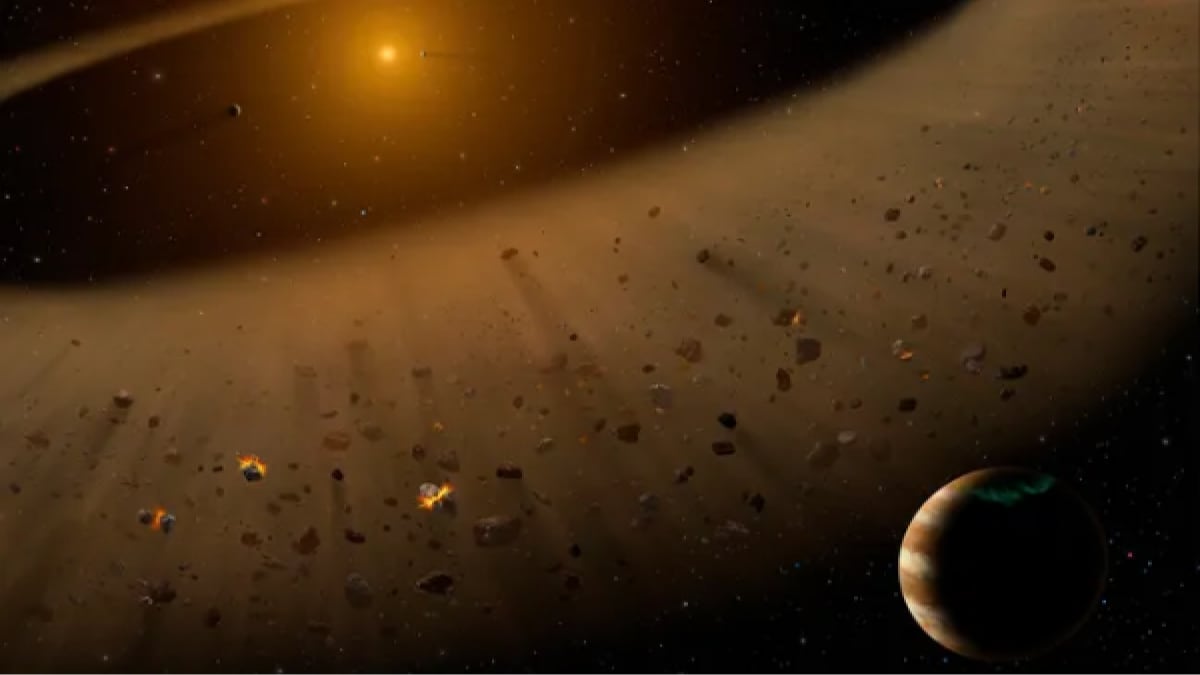Scientists discover a group of objects outside the known solar system

Recent astronomical discoveries suggest that our solar system may be much larger than previously thought, with the potential existence of a second Kuiper Belt beyond the one we know. Using the powerful Subaru Telescope, astronomers have discovered 11 new objects orbiting far beyond the known Kuiper Belt, hinting at the presence of a second belt, provisionally named “Kuiper Belt 2.”
What is the Kuiper Belt?
The Kuiper Belt is a distant region in our solar system, beyond Neptune, that extends from about 33 to 55 astronomical units (AU). It contains icy bodies and comets orbiting the sun, and it was the primary target for NASA’s New Horizons mission, which explored Pluto in 2015.
Beyond the familiar Kuiper Belt lies a vast, unexplored region of space where scientists now suspect even more mysterious objects may reside.
New discoveries beyond the Kuiper Belt
Using Subaru’s Hyper Suprime-Cam (HSC), scientists have found 239 Kuiper Belt Objects as of 2020. However, the most significant discovery was 11 objects located between 70 and 90 AU from the Sun, suggesting the existence of a second, more distant belt. This new belt could extend up to 13.5 billion kilometers (8.4 billion miles) from the Sun.
Interestingly, there is a gap between 55 and 70 AU in which no objects have been found. This supports the idea of a separate second belt.
Implications for our understanding of the solar system
This discovery could change our understanding of how the solar system formed. For years, scientists believed that the Kuiper Belt was unusually small compared to similar belts in other planetary systems. However, the identification of Kuiper Belt 2 suggests that our solar system may be more typical, and that the original nebula was larger than previously thought.
The discovery of Kuiper Belt 2 is still being investigated, but it suggests the possibility of more dwarf planets and even the long-awaited Planet Nine. As astronomers continue to observe these distant objects, we may discover more surprises in the outer reaches of our solar system as a pre-publication.




